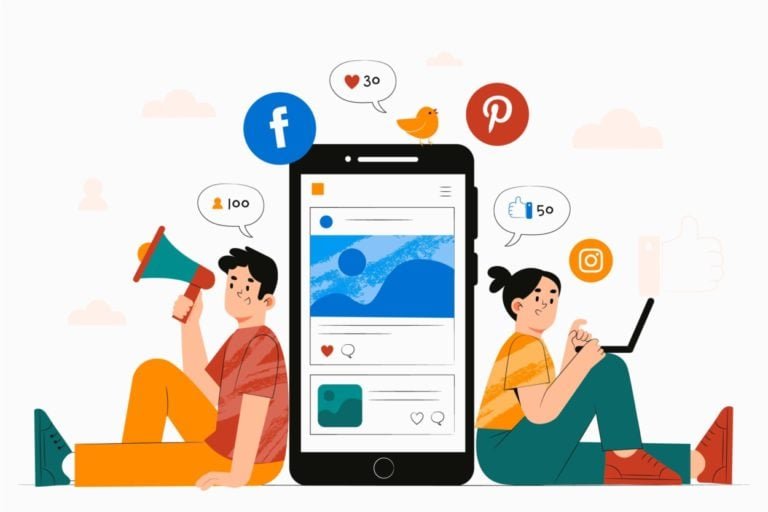Have you ever heard of community-based learning? It’s a unique approach to education that focuses on connecting students with the online community. Rather than just learning from textbooks and lectures, students engage in hands-on experiences that benefit themselves and their community.
Community-based learning can be a powerful tool for students to gain real-world experience, develop important skills, and positively impact their community. Understanding community-based learning and how it works can be valuable whether you’re a student, educator, or community member.
In this article, we’ll explore the ins and outs of community-based learning, including its benefits, challenges, and examples of successful programs. By the end, you’ll better understand community-based learning and how it can benefit students and online communities.
Try Reign Theme DemoBuy Reign BuddyPress Theme and Reign addons bundle add-onto create a highly engaging Community Platform Today!
Table of Contents
ToggleWhat is community-based learning?
Community-based learning is an educational approach in which students engage with their local community, directly or through projects intended to benefit the larger population. This type of learning encourages students to apply their knowledge and skills in real-world contexts, helping them better understand the world around them. Through community-based learning, students foster relationships with people and organizations online and develop valuable skills and knowledge related to their chosen field.
Benefits of community-based learning
Community-based learning is a form of experiential education where students are taken out of the classroom and into the community to learn and apply their knowledge in real-world contexts. Through meaningful partnerships between schools, community organizations, and universities, students gain a deeper understanding of their communities while developing critical thinking, problem-solving, communication, and leadership skills. The benefits of this type of learning are numerous, including:
• Developing a greater sense of civic involvement and responsibility.
• Gaining real-world experience that can help prepare students for their future careers.
• Building relationships with community members that can last beyond the educational program.
• Increasing engagement and motivation in learning through hands-on experiences.
Challenges of community-based learning
Community-based learning is a form of experiential education that allows students to gain hands-on knowledge and skills in real-world settings. It involves working with local community members to create projects, solve problems, and enact positive change. While community-based learning can provide powerful learning experiences, it also comes with unique challenges.
First, the instructor must carefully manage the risks associated with taking students into communities to work on projects. This includes ensuring that students are properly supervised, have access to support if needed, and are aware of the potential hazards they may face while working in the community.
In addition, the instructor must also ensure that any community-based learning program is well-structured and provides clear objectives for both students and instructors. Without proper structure , the program may lack direction and fail to meet its learning goals.
5 Ideas for unboxing community-based learning
1. Create a Learning Action Plan: Engaging in community-based learning should begin with creating a learning action plan that outlines your project’s goals, objectives, and outcomes. It’s important to have an organized plan for how you will approach and approach the issues or project you are taking on in the community. This will help ensure that everyone involved is clear about what they are doing and the expected outcomes.
2. Connect with Community Partners: When engaging in community-based learning, building relationships with local partners that can provide support and resources for your project is important. This could include volunteers from the community, non-profit organizations, or local businesses. Establishing these partnerships is essential for a successful program.
3. Design Meaningful Experiences: Make sure the experiences you design for students are meaningful and relevant to their lives. This could include having students create a public service announcement or researching ways to improve their community. By designing experiences that are connected to real-world issues, students will gain an increased understanding of how they can help create positive change in the world around them.
4. Evaluate Student Progress: It’s important to assess how students are doing throughout the program and make changes as needed. This could include providing feedback on their progress, creating individualized learning plans, or leading group discussions about what they’ve learned.
5. Reflect and Celebrate Successes: Reflecting on what went well and celebrating successes is essential after completing a project. This can help ensure that the knowledge and skills gained through the program are maintained and applied.
How to create a learning community website?
Creating a learning community website in 2023 is super easy and convenient. Numerous plugins and themes will help you create a learning community using WordPress. Follow the steps given below to create one:
1. Buy web hosting services and a domain name:
Buying web hosting services and a domain name is an integral part of setting up a website. Web hosting services are provided by companies that rent out server space and bandwidth on their servers to customers. This allows customers to host their websites on the internet. Domain names are used to identify and locate computers connected to the Internet.
2. Install WordPress on your web host:
Installing WordPress on your web host is a great way to create an engaging and interactive community-based learning experience. WordPress is an open-source content management system that allows users to easily create, manage, and share content with their audiences. With its user-friendly interface, it’s easy for anyone to set up a basic blog or website and start creating content quickly.
3. Install BuddyPress and LearnDash:
BuddyPress and LearnDash are powerful tools that can help create an engaging learning environment in a community-based setting. BuddyPress is a WordPress plugin that allows users to create social networks on their websites easily. It provides features such as user profiles, activity streams, private messaging, groups, forums, and more. LearnDash is a popular WordPress Learning Management System (LMS) plugin that allows users to create learning courses. It provides course creation, student tracking, quizzes, and more features.
4. Choose a Theme:
Choosing the right theme for your website is essential, as it will determine how your content is presented and how users interact. A theme that we would recommend is the LearnMate LearnDash theme. This theme has pre-made layouts that make setting up your website easy and offer features such as drag-and-drop page builders, custom post types, and various shortcodes for quickly creating elements.
5. Promote your learning community:
Community-based learning is an approach to education that engages students in real-world problem solving and active citizenship. It emphasizes the importance of community involvement, collaboration, and working together to solve local challenges. Community-based learning encourages students to become more invested in their own learning and develop a better understanding of their community from direct experience.
To promote your learning community, start by creating opportunities for people to get involved. You can promote your learning community through social media, local events, and other outreach activities. Additionally, you can create content that explains the value of community-based learning initiatives and encourages people to get involved.
Wrapping Up Words
Community-based learning is a valuable educational approach that benefits both students and their local communities. By connecting classroom learning with real-world experiences, students gain practical skills, develop empathy and social awareness, and contribute to the betterment of their communities. As educators and community leaders, we are responsible for fostering and supporting community-based learning initiatives. By doing so, we can help create a brighter future for our students and our communities alike.







